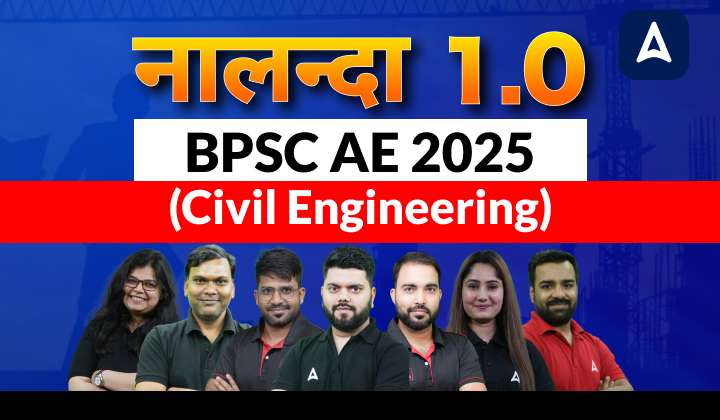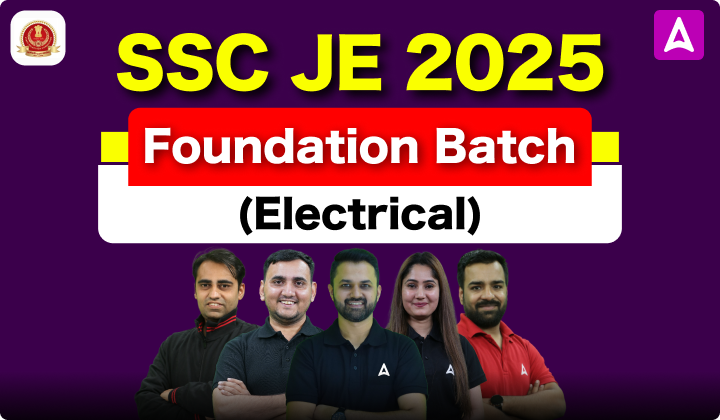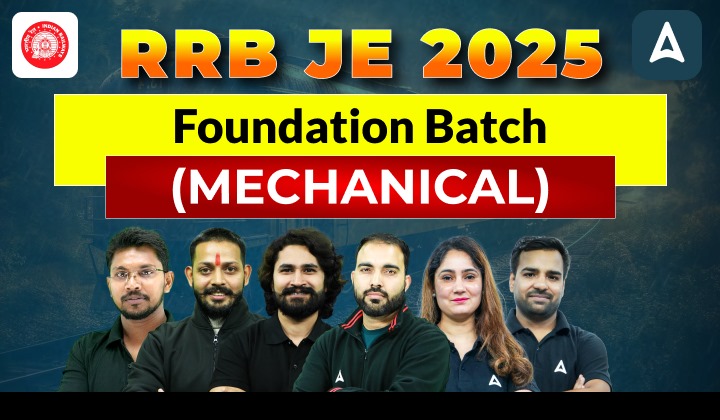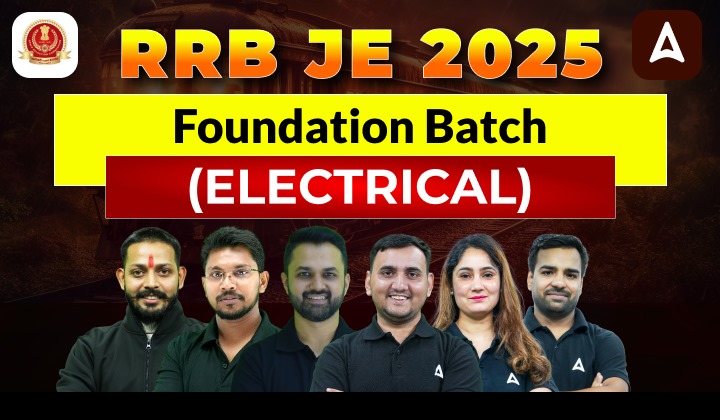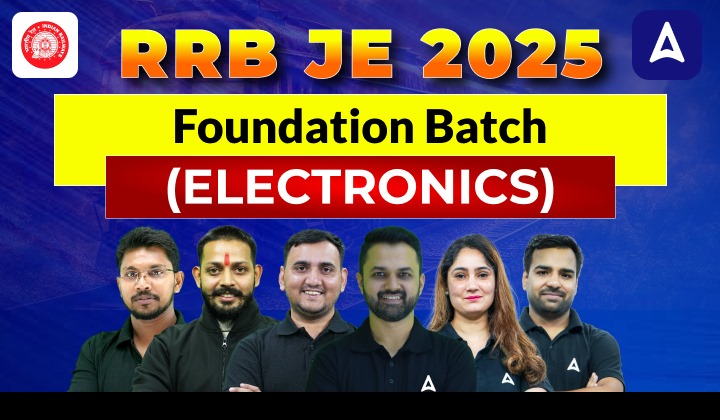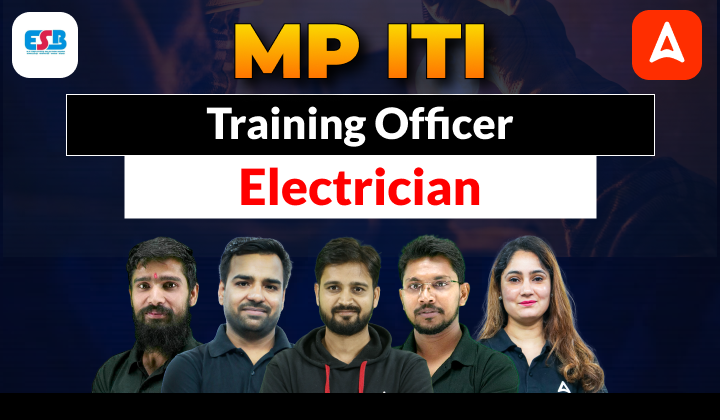Table of Contents
IC Engine
An Internal Combustion Engine (IC Engine), also known as a heat engine, is a mechanical device that generates power by burning fuel inside a confined space to produce a high-pressure, high-temperature gas. This gas expansion drives a piston or a series of pistons, which are connected to a crankshaft, to convert the chemical energy of the fuel into mechanical work. This mechanical work can be used to power various applications, including vehicles, generators, industrial machinery, and more.
Here are the key components and principles of operation of an IC engine:
- Cylinder: The engine typically consists of one or more cylinders, which are cylindrical chambers in which the combustion process occurs. Each cylinder houses a piston that moves up and down inside it.
- Piston: The piston is a cylindrical component that fits tightly inside the cylinder. It moves up and down as a result of the combustion process and is connected to the crankshaft. The reciprocating motion of the piston is what ultimately drives the engine.
- Crankshaft: The crankshaft is a rotating shaft that converts the linear motion of the pistons into rotary motion. It is connected to the pistons via connecting rods and is responsible for delivering power to the output shaft of the engine.
- Valves: IC engines have intake and exhaust valves that control the flow of air (and in some cases, fuel) into the cylinder and the expulsion of exhaust gases after combustion.
IC Engine-Types
Internal Combustion Engines (IC engines) come in several different types, each with its own characteristics, applications, and operational principles. Here are some of the main types of IC engines:
Spark Ignition Engine
This is the most common type of IC engine used in automobiles and smaller machinery. It operates on the Otto cycle and uses spark plugs to ignite a mixture of air and gasoline. SI engines are known for their smooth operation and are typically used in vehicles that require high RPM (revolutions per minute) and varying power output.
Compression Ignition Engine
Diesel engines operate on the Diesel cycle and use high compression ratios to ignite diesel fuel without spark plugs. They are known for their fuel efficiency and durability. Diesel engines are commonly found in trucks, buses, ships, industrial machinery, and some passenger cars.
Two-Stroke Engine
Two-stroke engines complete the four stages of the engine cycle (intake, compression, power, exhaust) in just two strokes of the piston (up and down). They are often used in small, lightweight applications like chainsaws, outboard boat motors, and mopeds due to their simplicity and high power-to-weight ratio.
Four-Stroke Engine
Four-stroke engines are the most common type in use today. They complete the four stages of the engine cycle in four strokes of the piston (intake, compression, power, exhaust). These engines are found in most modern cars, motorcycles, and industrial machinery.
IC Engine-Working
The operation of an Internal Combustion (IC) Engine involves a series of steps within the engine’s cylinder(s) that result in the conversion of chemical energy from fuel into mechanical work. Let’s break down the working of a typical four-stroke internal combustion engine, which is commonly found in most automobiles:
- Intake Stroke: The engine cycle begins with the intake stroke. The intake valve opens, and the piston moves downward within the cylinder, creating a vacuum. Air (in the case of spark ignition engines) or a mixture of air and fuel (in spark ignition gasoline engines) is drawn into the cylinder due to the pressure difference.
- Compression Stroke: After the intake stroke, both intake and exhaust valves close. The piston moves back up the cylinder, compressing the air (or air-fuel mixture) within the cylinder. This compression raises the temperature and pressure of the air or mixture significantly.
- Power (Combustion) Stroke: Just before the top of the compression stroke, a spark plug ignites the air-fuel mixture in spark ignition engines (gasoline engines). In diesel engines, the heat generated by the compression itself ignites the diesel fuel.
- Exhaust Stroke: After the power stroke, the exhaust valve opens, and the piston moves back up the cylinder again. As the piston moves upward, it pushes out the burned gases from the cylinder through the open exhaust valve.
This process completes one engine cycle. The engine then repeats these four strokes in a continuous cycle: intake, compression, power, and exhaust.
Applications of IC Engine
Internal Combustion Engines (IC engines) have a wide range of applications across various industries due to their ability to convert chemical energy from fuel into mechanical work efficiently. Here are some of the key applications of IC engines:
- Automobiles
- Aircraft
- Marine
- Generators
- Construction Equipment
- Agricultural Machinery
- Industrial Equipment
- Power Plants

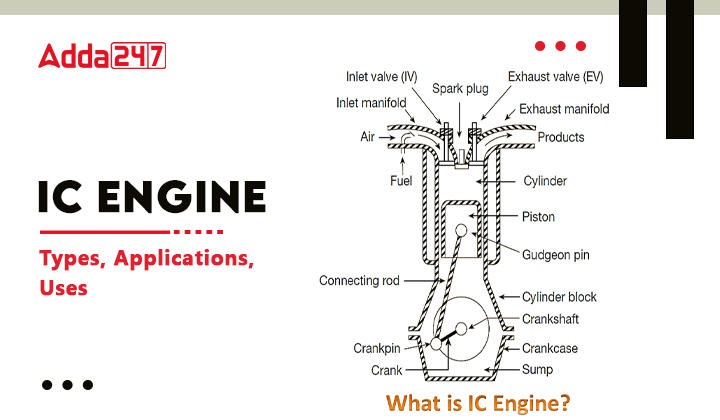


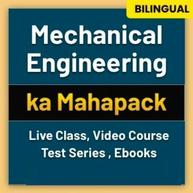

 AAI ATC Admit Card 2025 For Junior Execu...
AAI ATC Admit Card 2025 For Junior Execu...
 BSPHCL Technician Grade 3 Admit Card 202...
BSPHCL Technician Grade 3 Admit Card 202...
 MPPTCL Recruitment 2025 Notification Out...
MPPTCL Recruitment 2025 Notification Out...





